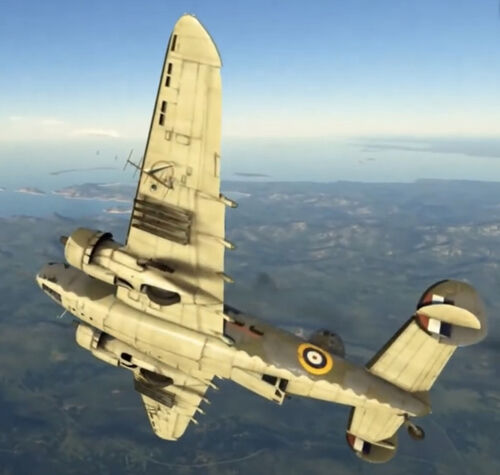Dogfight over the Pacific
A16-201 Lockheed Hudson
"Outgunned and Outclassed" adapted from an article by Michael John Claringbold as published in 'Flightpath ' magazine Vol 28 No.2 Nov 2016-Jan 2017 Yaffa Media Pty Ltd Sydney.
Compiled by Steve Larkins, Dec 2016
Virtual War Memorial
On the 22 July 1942 Lockheed Hudson A16-201 was shot down by nine Japanese Zeros near Popondetta in Papua New Guinea. The Hudson was on a solo reconnaissance operation when chased and attacked by the Zeros.
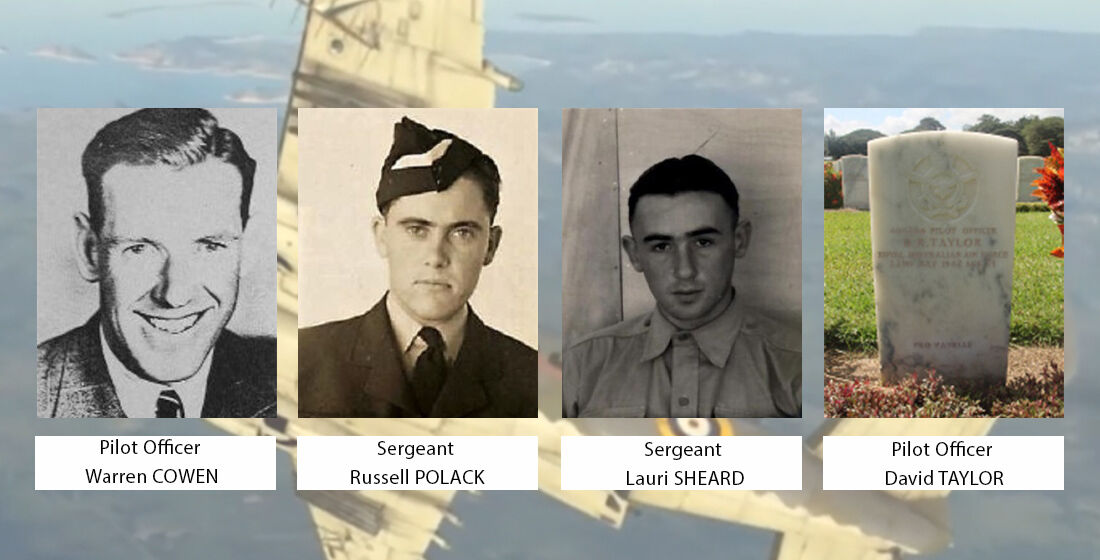
The four RAAF crew of 32 Squadron were
Pilot Officer Warren COWEN- Pilot aged 31 from Angaston South Australia. Occupation ‘Wool Classer.’ Enlisted 7 December 1940 Adelaide South Australia. Pilot / Navigator awarded Flying Badge 1 June 1941. On the 9 May 1942 posted to 32 Squadron at Port Moresby and later to Horn Island Queensland. Son of Frank Gladstone Cowan and Rhoda Ainslie Cowan; husband of Betty Crawford Cowan, of North Adelaide, South Australia.
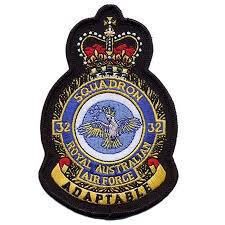 Sergeant Russell POLACK- Pilot / Navigator aged 24 from Summer Hill New South Wales. Occupation 'Audit Clerk'. Enlisted 26 April 1941 in Sydney NSW. After pilot training awarded Flying Badge 15 October 1941. Posted to 32 Squadron Port Moresby 9 May 1942.
Sergeant Russell POLACK- Pilot / Navigator aged 24 from Summer Hill New South Wales. Occupation 'Audit Clerk'. Enlisted 26 April 1941 in Sydney NSW. After pilot training awarded Flying Badge 15 October 1941. Posted to 32 Squadron Port Moresby 9 May 1942.
Son of Russell William and Ethel Polack, of Earlwood, New South Wales.
Sergeant Lauri SHEARD- WAG / Gunner aged 20 from Nuriootpa South Australia. Occupation 'Store Assistant '.Enlisted 24 May 1941 in Adelaide South Australia. Awarded Air Gunner Badge from No. 1 Wireless Air Gunner School Ballarat Victoria and No. 2 Bombing Air Gunner School [BAGS] Port Pirie South Australia 1 March 1942. Posted to 32 Squadron Port Moresby on 9 May 1942.
Son of Frank Gladstone Cowan and Rhoda Ainslie Cowan; husband of Betty Crawford Cowan, of North Adelaide, South Australia.
Pilot Officer David TAYLOR- WAG / Gunner aged 33 from Hobart Tasmania. Occupation ' Salesman'. Enlisted 25 April 1941 at Devonport Tasmania. Awarded Air Gunner Badge from No. 1 Wireless Air Gunner School Ballarat Victoria and No. 2 Bombing Air Gunners School [BAGS] Port Pirie South Australia on 1 March 1942. Posted to 32 Squadron Port Moresby 9 May 1942.
Son of John Reid Taylor and Charlotte Catherine Taylor; husband of Sylvia Taylor, of East Kew, Victoria.
Two of the crew of the Hudson trained at No. 1 Wireless Air Gunner School Ballarat.
Sergeant Lauri Sheard Course 15 and Pilot Officer David Taylor Course 16.
That fateful operation
They were looking for the destroyer escorts and the departing convoy heading back to Rabaul. Two hours after leaving Port Moresby, they reported they were 20 miles out to sea having flown over the north coast near Gona. Unreported by them but recorded by Japanese records it is fair to assume they did not locate the convoy and dropped their bomb load on Japanese positions at Buna on the return journey.
Unfortunately, they flew into the Japanese air defence net cast over the landing area. A total of 18 Mitsubishi A6M2 Zeros belonging to a detachment of the Tainan Naval Air Group were rostered in three 'Chutai' (squadrons) of six aircraft, organised in two flights of three aircraft each, to patrol the landing area from their base at Lae further up the coast.
Like Cowan, the Zeros failed to locate the convoy, but they did spot Cowan's Hudson, and his crew spotted them as was evident from his actions, which was basically to undertake a smooth descent to build up as much speed as it could towards Milne Bay.
The Zeros jettisoned their drop tanks and gave chase, sacrificing the increased range afforded by the lost fuel in exchange for speed to catch their quarry. Now it was just a matter of time if Cowan adhered to the expected tactic of throttles to the firewall and attempting to gain maximum speed - which would not be enough to outpace the Zeros.
He didn't. In a move that startled his pursuers, perhaps realising that his expected course of action was forlorn, Cowan stood the Hudson on its wingtip in a very steep turn presumably assisted by the application of 'asymmetric power’ and turned to face his attackers as perhaps his only remotely viable option. He fired his nose guns as he sped through the Japanese formation which broke up as he did so. The Japanese pilots were not carrying radios due to technical difficulties with their sets and the Zero airframe and engine. They were, however, disciplined, and experienced pilots and they regained their formation and tried to position themselves to attack despite defensive fire from the Hudson's dorsal turret. According to Sakai, it was ten minutes or so, an age in aerial dogfighting, before the Zeros could land hits on the Hudson thanks to Cowan's desperate manoeuvring to evade them. Eventually the Zeros successively took out the Hudson's dorsal turret then set fire to the port engine, moments before it rolled into the jungle below and exploded, near the village of Popogo.
They died in a forlorn and lonely air combat against nine Mitsubishi Zeros over New Guinea's northern beaches near Buna, the site of Japanese amphibious landings that were a prelude to the Kokoda campaign. What distinguishes this action from many like it in the early stages of Australia's war in the SW Pacific, is that an accurate account of what happened came from the other side.
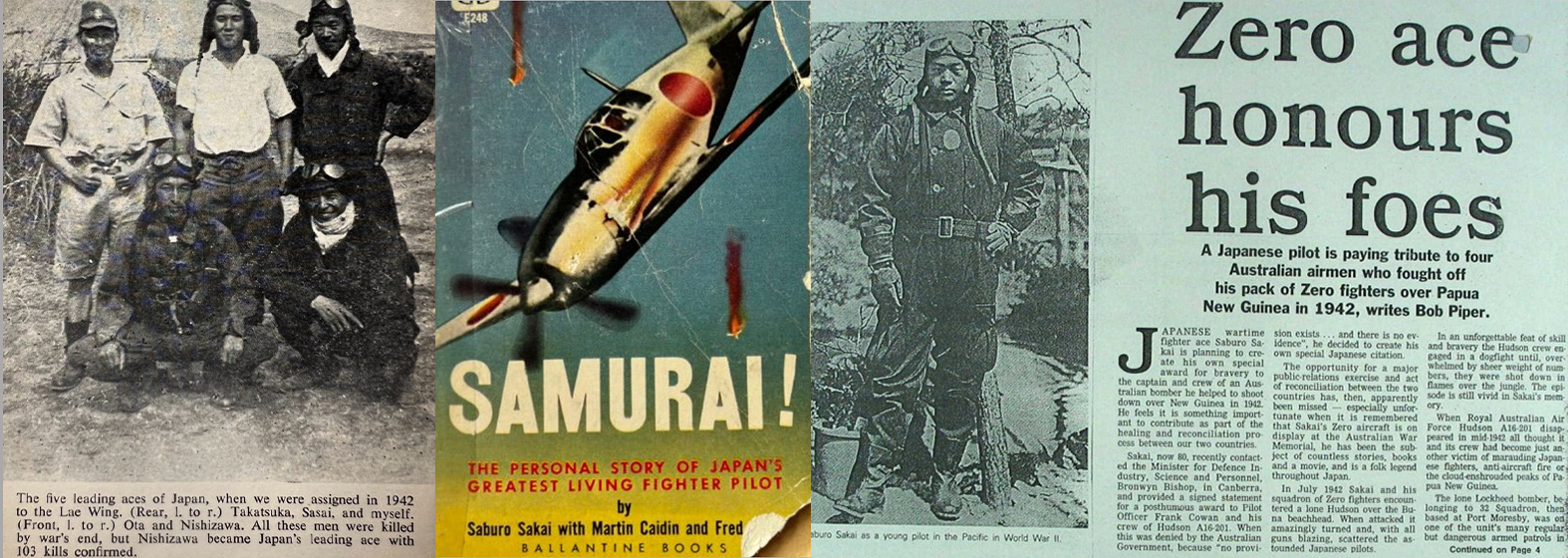
They gave a distinguished account of themselves, so much so that 55 years after the incident, one of the Japanese pilots, none other than top Japanese 'Ace' of the war, Saburo Sakai, who was one of the pilots involved in the destruction of this aircraft, lobbied the Australian Government to present Cowan with a posthumous award for his actions that day.
During 1998, Saburo Sakai wrote a letter to the Australian Department of Veterans Affairs, recommending Cowan for a medal, stating: "I recommend that Pilot Officer Warren F. Cowan be posthumously awarded your country's highest commendation. I have encountered many brave pilots in my life, but Warren F. Cowan stands alone." The request was rejected on procedural grounds.
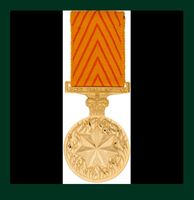 Their mission was as dangerous as any during World War 2, and more than 80 years after coming down in waters off Papua New Guinea, the crew of a Hudson Bomber are being remembered and celebrated for their heroism.
Their mission was as dangerous as any during World War 2, and more than 80 years after coming down in waters off Papua New Guinea, the crew of a Hudson Bomber are being remembered and celebrated for their heroism.
In 2023 Governor-General David Hurley announced posthumous Gallantry Decorations for six airmen lost in WW2 including the four aviators of 32 Squadron who died engaging with the enemy almost eighty-two years ago.
“Instead of fleeing, they turned their aircraft to dogfight with the enemy but were eventually shot down near Popondetta. They are all being awarded posthumous Medals for Gallantry for their heroism and sacrifice for our country. The Battle of Milne Bay followed the next month, an important turning point in the war in the Pacific.”
The crew were laid to rest at Port Moresby (Bomana) War Cemetery in Papua New Guinea.
The cemetery is a site of historic significance to Australia as it is holds the remains of more than 3000 known Commonwealth soldiers, and about 237 unknown Australians who fought in and around New Guinea during WW2.
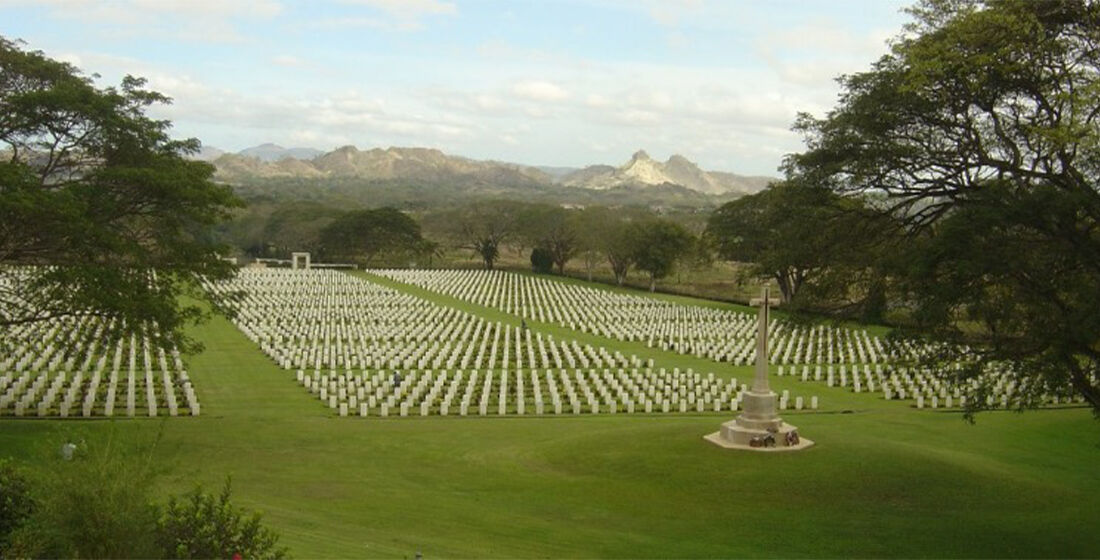
Footnote
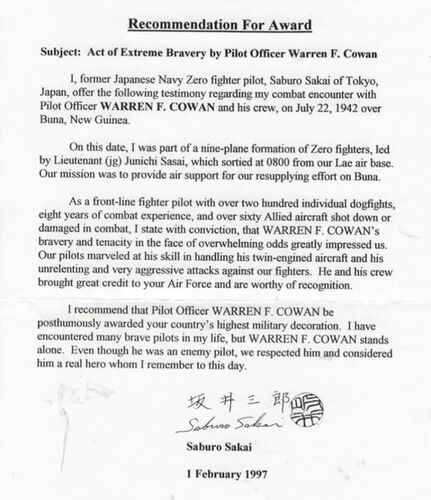 The wreck of the Hudson and the remains of the crew were discovered in 1943 by a USAAF search team who had been told of the wreck by villagers while they were recovering the remains of the crew of a C-47 Dakota crew that had crashed near Popondetta. The Hudson wreck was near the village of Popoga. It was realised it was not American and a later team including Australians recovered the remains of the crew in early 1945, which were subsequently interred in the Lae War cemetery, although they are now in the Port Moresby Bomana War Cemetery (CWGC records).
The wreck of the Hudson and the remains of the crew were discovered in 1943 by a USAAF search team who had been told of the wreck by villagers while they were recovering the remains of the crew of a C-47 Dakota crew that had crashed near Popondetta. The Hudson wreck was near the village of Popoga. It was realised it was not American and a later team including Australians recovered the remains of the crew in early 1945, which were subsequently interred in the Lae War cemetery, although they are now in the Port Moresby Bomana War Cemetery (CWGC records).
LINKS :
Virtual War Memorial: Pilot Officer Warren Frank Cowan
Air Crew Remembered: Pilot Officer Warren Frank Cowan
View Digital Copy: NAA: A9300, COWAN W F
Remembering heroism 82 years on
No. 32 Squadron RAAF - Wikipedia
Pacific Wrecks - World War II Pacific War and Korean War

